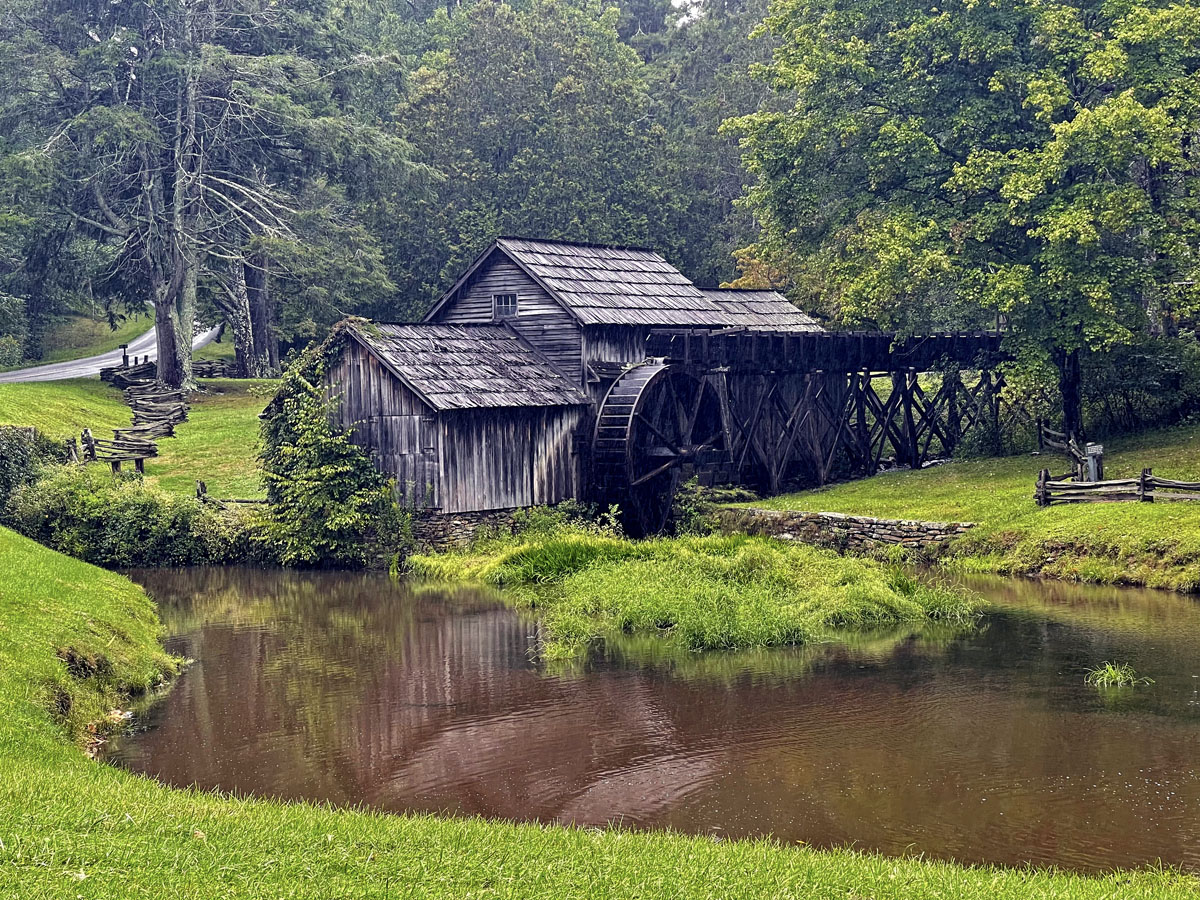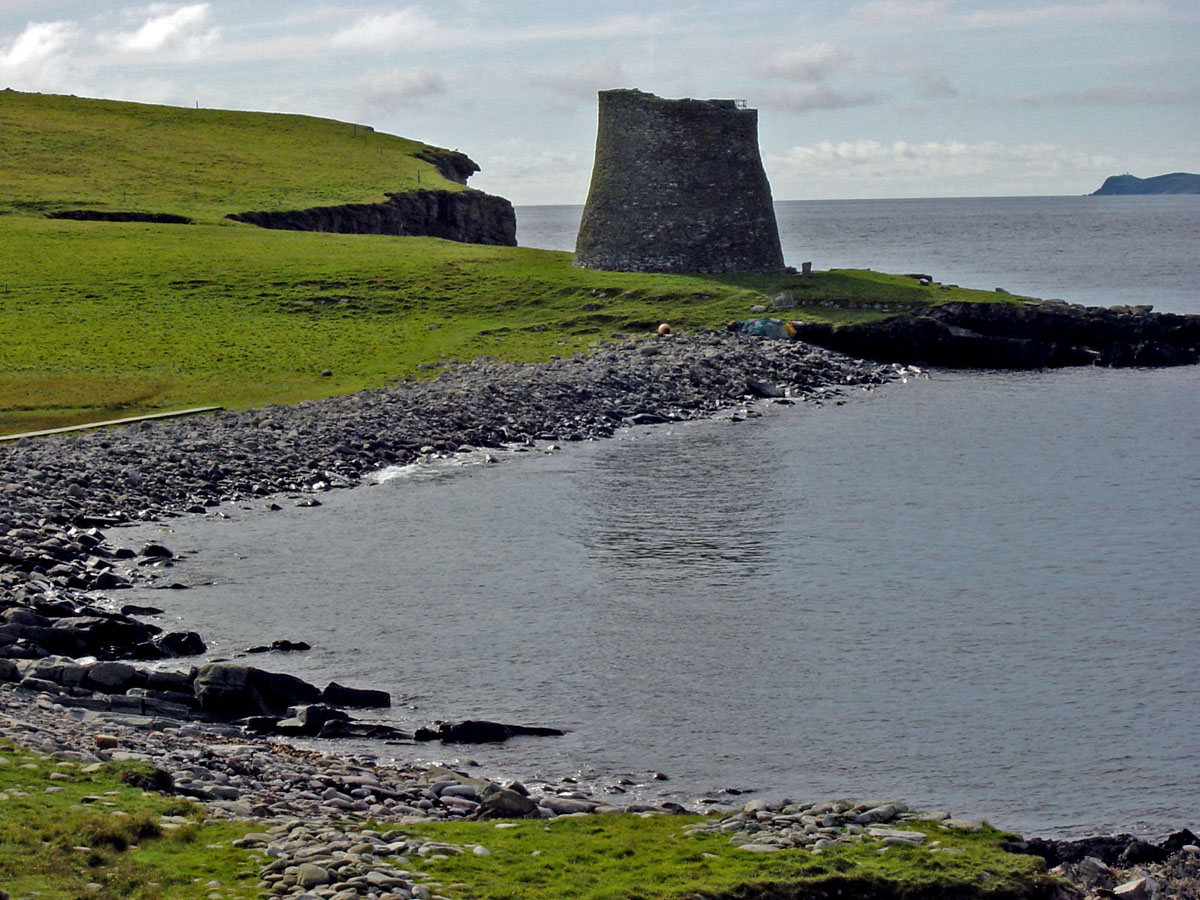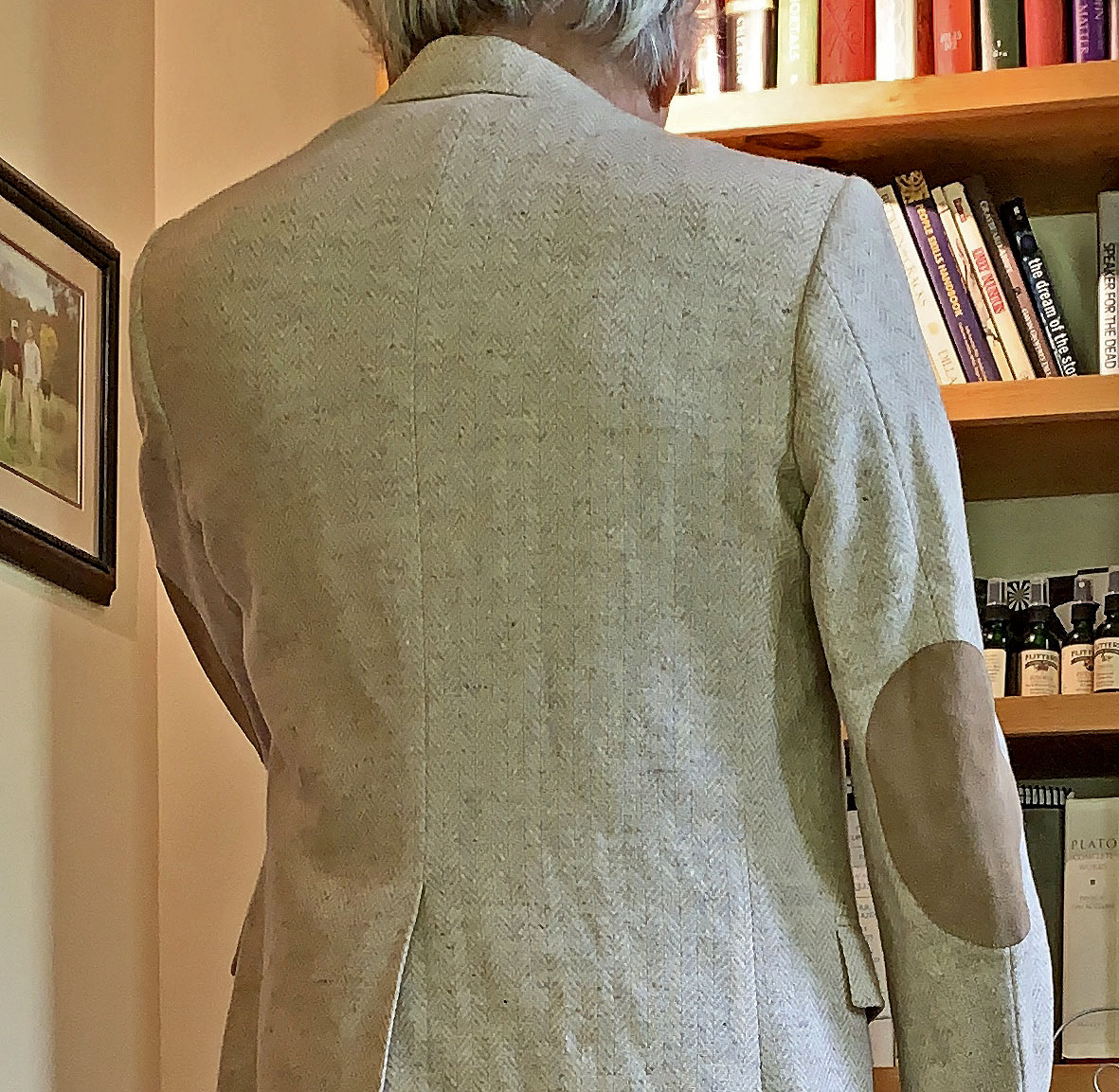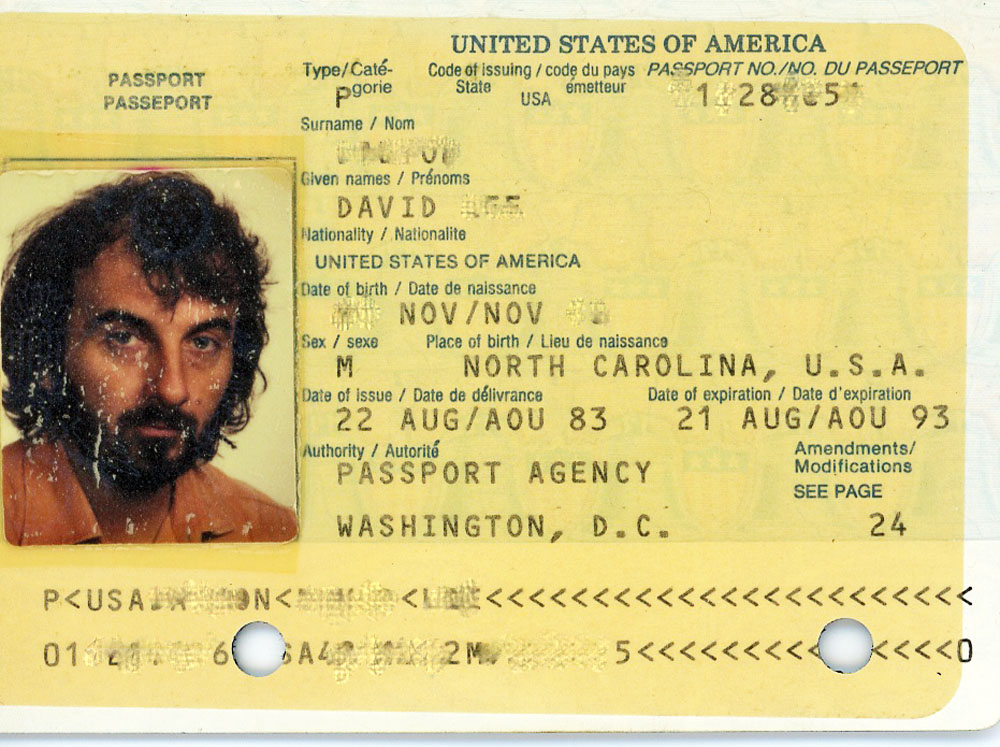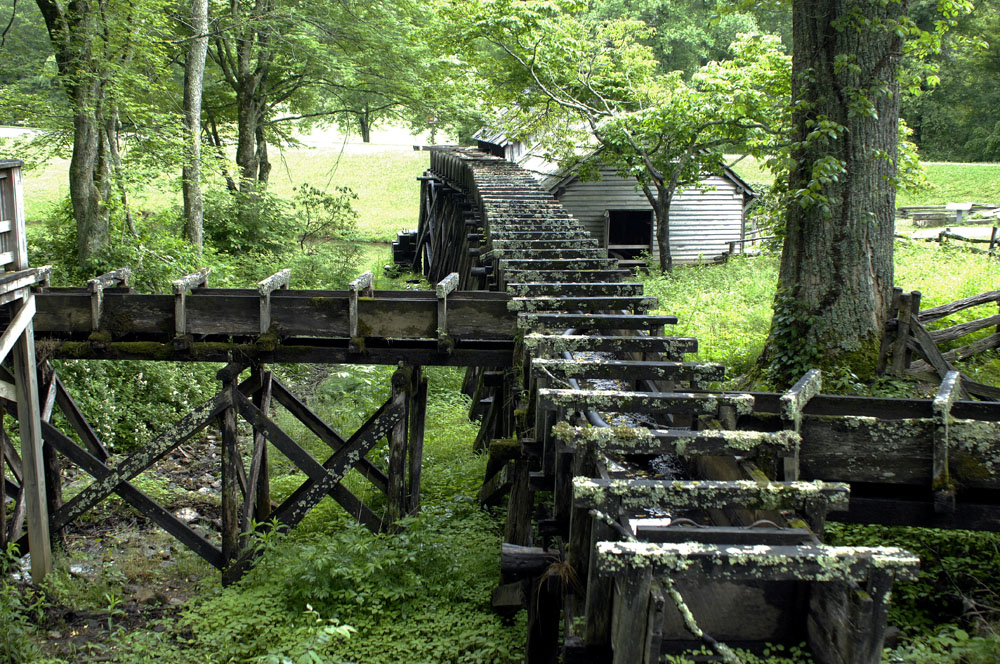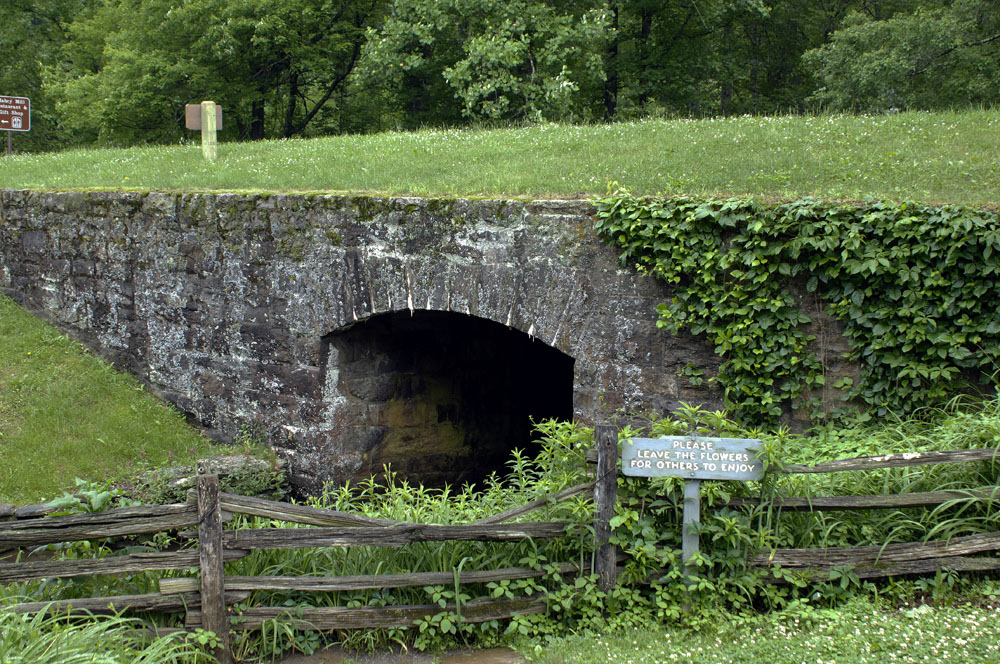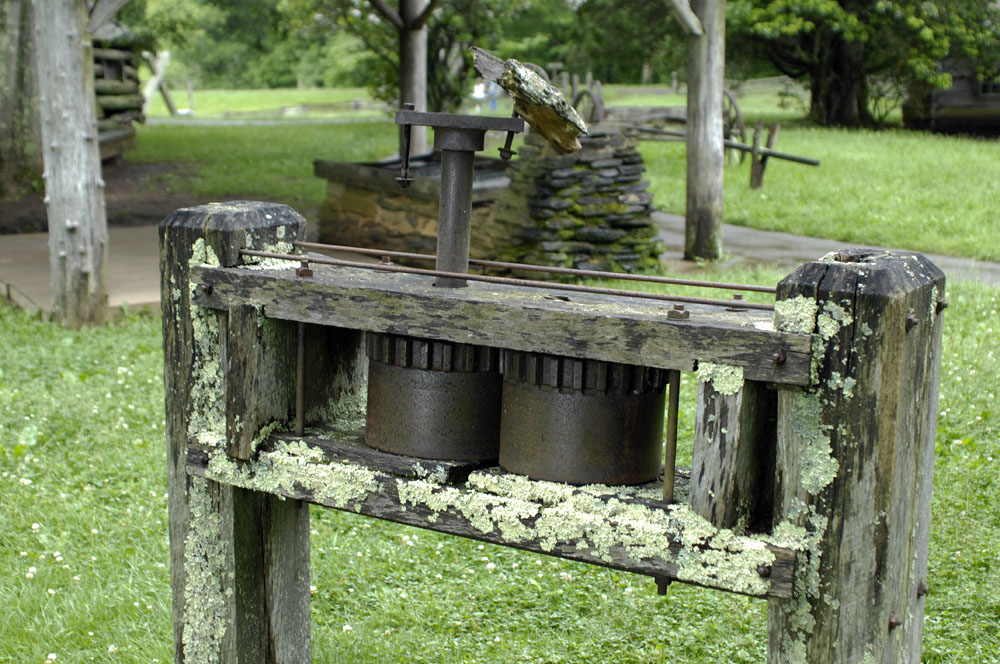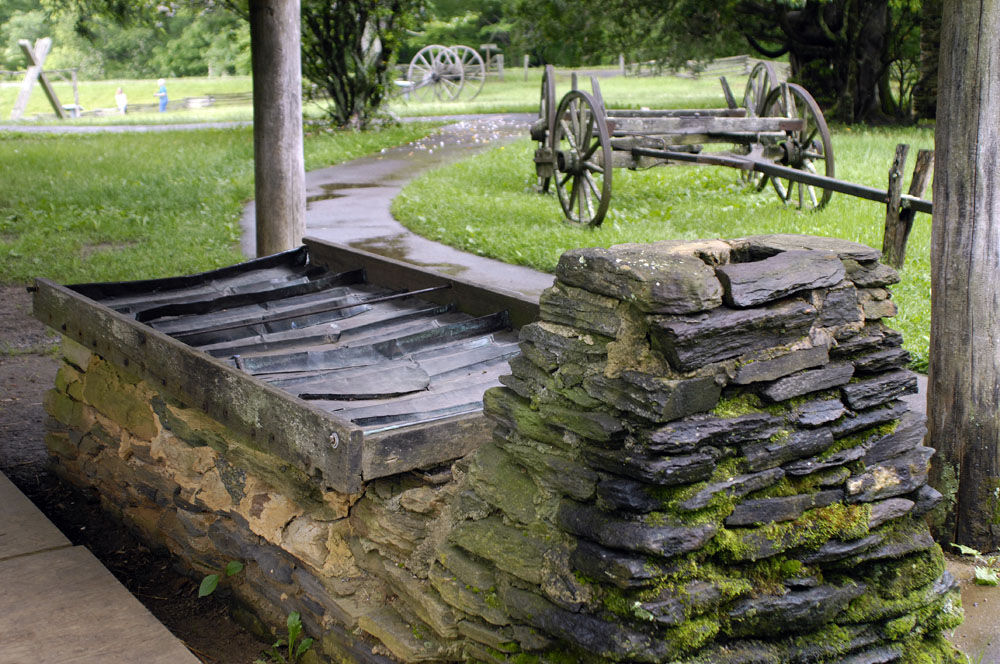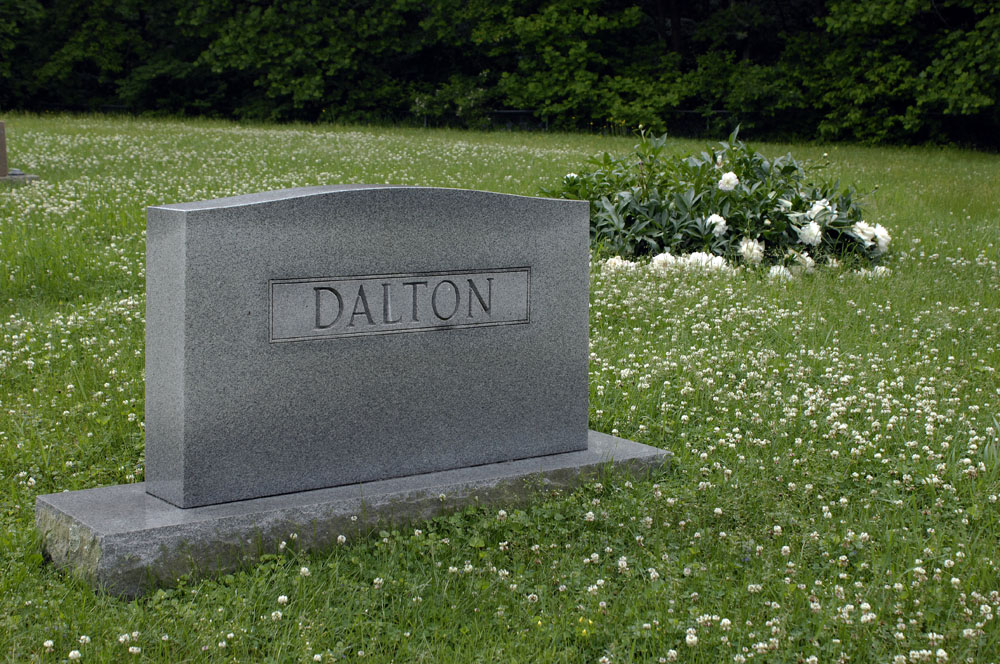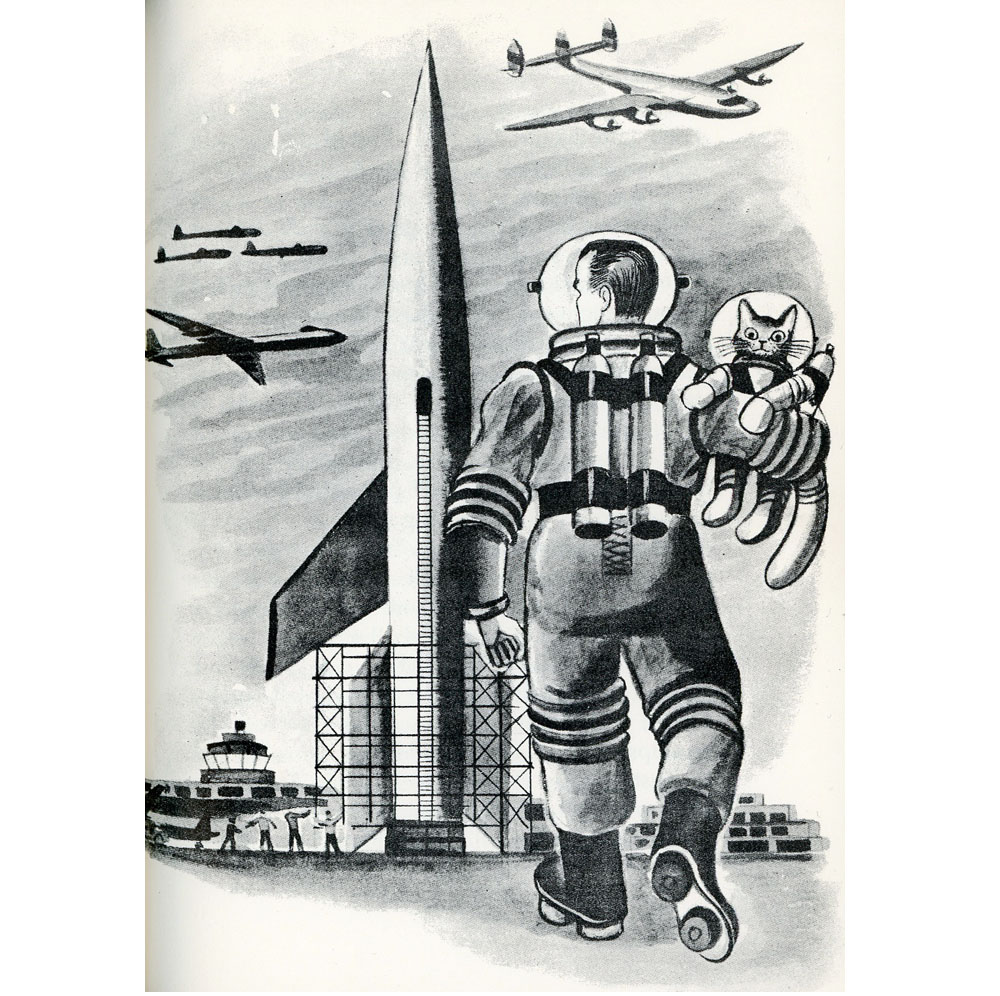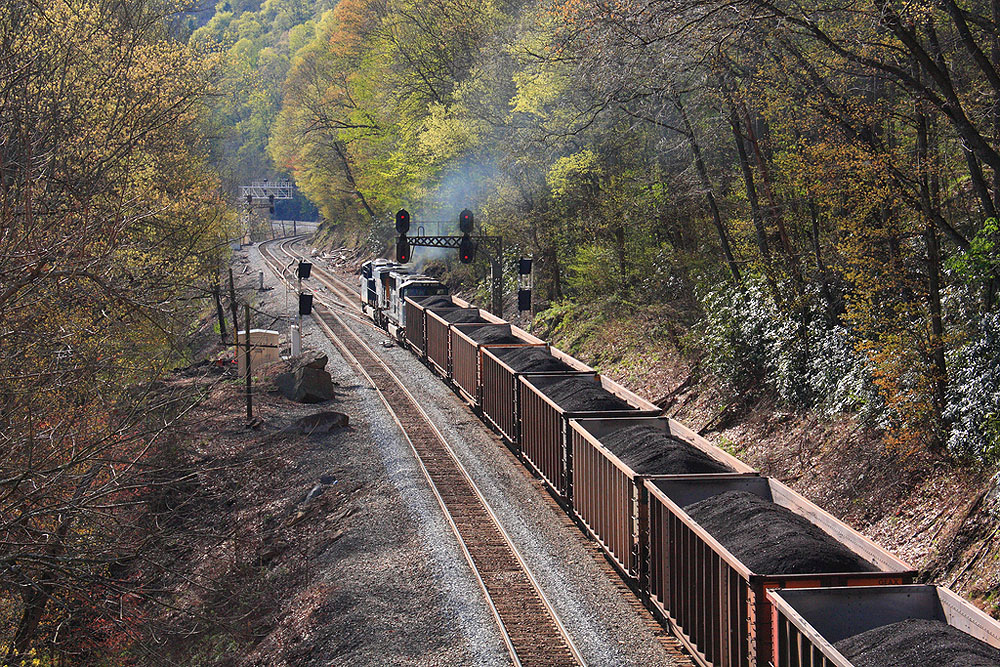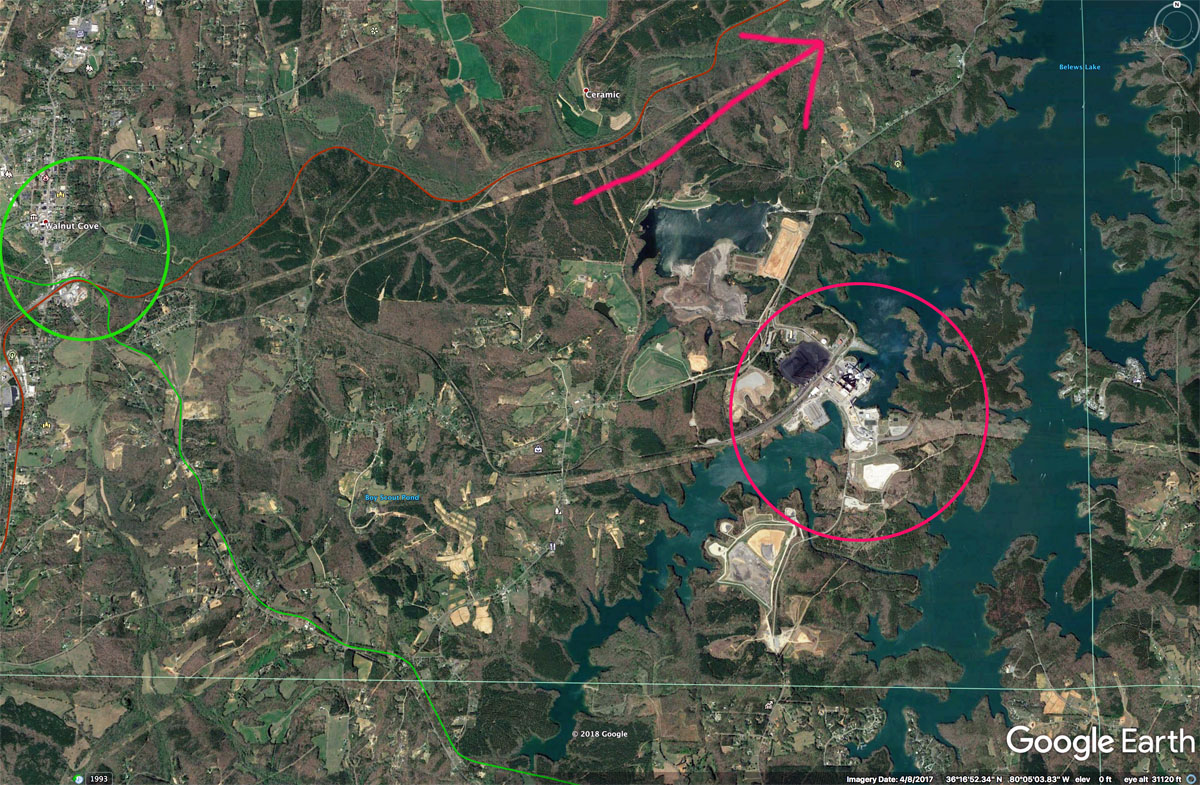
The former home of the Winston-Salem Journal (a morning newspaper) and the Twin City Sentinel (an afternoon newspaper), built in 1926-1927. The building is a reduced semi-replica of Constitution Hall and Congress Hall in Philadelphia. It’s no longer a newspaper office. The building’s interior has been renovated for other uses. Click here for high resolution version.
The Winston-Salem Journal
Today, like most newspapers that manage to hang on in diminished form, the Winston-Salem Journal can’t even be considered a real newspaper at all. But once upon a time it was considered to be one of the great Southern newspapers. It won a Pulitzer Prize in 1971 for environmental coverage having to do with a plan to bring a huge strip-mining operation to northwest North Carolina.
The newspaper already had a great staff. But, after the Pulitzer, applications for jobs poured in from recent graduates of Ivy League universities, because the Winston-Salem Journal had a well deserved reputation for being one of the best “training newspapers” in the country.
The Journal was my hometown newspaper. In 1966, when I was a senior at Reynolds High School, I was chosen by the journalism teacher to be the “teen page correspondent” for the two-page spread of high-school news that the Sentinel ran every Friday. The managing editor of the Journal at the time, Fred Flagler, instantly recognized me as a nerd and therefore as copy boy material. That was my first job, part time on weekends. I subsequently did four summer internships at the Journal, and after that I was a Journal copy editor up until 1991 (when I moved to San Francisco and went to work at the San Francisco Examiner and then the San Francisco Chronicle).
The Journal’s staff moved out of the old building to smaller offices almost twenty years ago. Like many defunct newspapers, the newspaper’s real estate became more valuable than the newspaper. This building now houses a law firm on the first and second floors, and an architectural firm on the third floor. There is an ongoing project to renovate the building’s basement and repurpose an adjoining (but un-historic) building nextdoor.
I went on a tour of the building yesterday sponsored by Preservation Forsyth. There were about forty other people on the tour, but only three of us had ever worked for the Journal.

⬆︎ When I was a copy editor and “slot man,” I sat pretty much in the same place where this new occupant of the space is sitting. There’s a balcony outside the windows.
In a newsroom, all copy works its way toward the copy desk. The “slot man” is the copy editor who gives everything one last check before putting it into a pneumatic tube and sending the copy to the composing room. Lawyers call the slot man the editor of last resort. That’s not entirely true. The slot could always appeal to the managing editor if he or she thought something was not ready for publication, when, say, the city editor disputed the slot’s judgment. The Journal never got sued over any of the thousands of stories that passed through me as slot, though the Journal was a defendant in libel cases several times over the years. Click here for high resolution version.
The Shaffner Inn

⬆︎ After the tour of the Journal building, I had dinner downtown with an old friend who also used to work at the Journal. I stayed at the Shaffner Inn, a 1907 banker’s mansion that is now a bed and breakfast. Click here for high resolution version.

⬆︎ The living room. Click here for high resolution version.

⬆︎ Looking down the entrance hall. Click here for high resolution version.

⬆︎ The main staircase. Click here for high resolution version.

⬆︎ The dining room. Click here for high resolution version.

⬆︎ The landing of the main staircase. Click here for high resolution version.

⬆︎ The dining room set up for breakfast. All five rooms were occupied the night I was there. The breakfast was lavish and very well done. Click here for high resolution version.

⬆︎ This was the first traditional breakfast I had had since I was in Scotland last fall. There was yogurt and fruit. But if I’m somewhere near eggs, bacon, grits, and toast, then that’s what I’m going to have.
About Winston-Salem
Winston-Salem has always had a bit of an inferiority complex, because Raleigh, Charlotte, and now even Greensboro are bigger. Winston-Salem has grown relatively slowly, spared the ugly growth and some (but only some) of the corporate brutality that has caused the explosive growth of Charlotte and Raleigh-Durham. In my judgment, there are really only two cities in North Carolina worth visiting — Asheville, and Winston-Salem. Asheville is sometimes called the San Francisco of the South. I’d say that’s far too generous. Asheville doesn’t really have much to offer other than the mountains.
Whereas, culturally, Winston-Salem has always punched above its weight. Its history is deeply intertwined with the Moravian settlement of Salem in 1766. The Moravians came from Germany, a protestant sect that brought with it quite a lot of German technology and German high culture. Winston was a prosperous tobacco and textile town. The University of North Carolina School of the Arts is in Winston-Salem. In 1946, the Z. Smith Reynolds Foundation (tobacco money) pretty much bought a college for Winston-Salem. The foundation built a campus for Wake Forest College and paid to move the college 100 miles from Wake Forest to North Carolina. That’s now Wake Forest University. The university’s medical school and regional medical center are now a key part of the city’s economy.
As for corporate brutality, Winston-Salem has had it share but survived. I won’t go into it here, but it involved R.J. Reynolds Tobacco Company (Barbarians at the Gate), Wachovia Bank and Trust Company, and Piedmont Airlines.
When I chose to retire in the Blue Ridge foothills, part of the calculus was knowing that Winston-Salem is less than an hour’s drive away.

